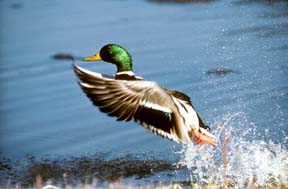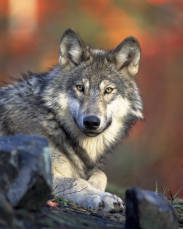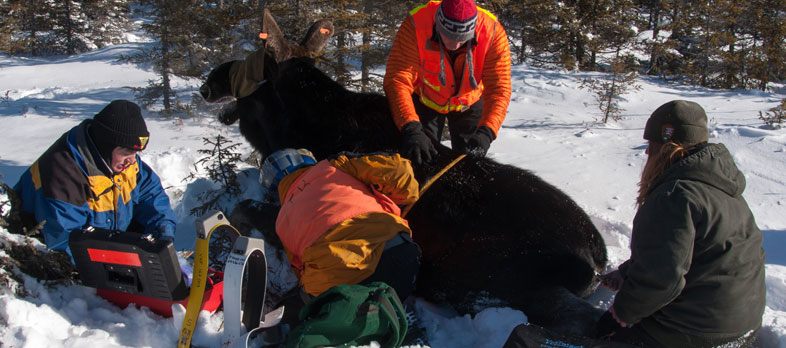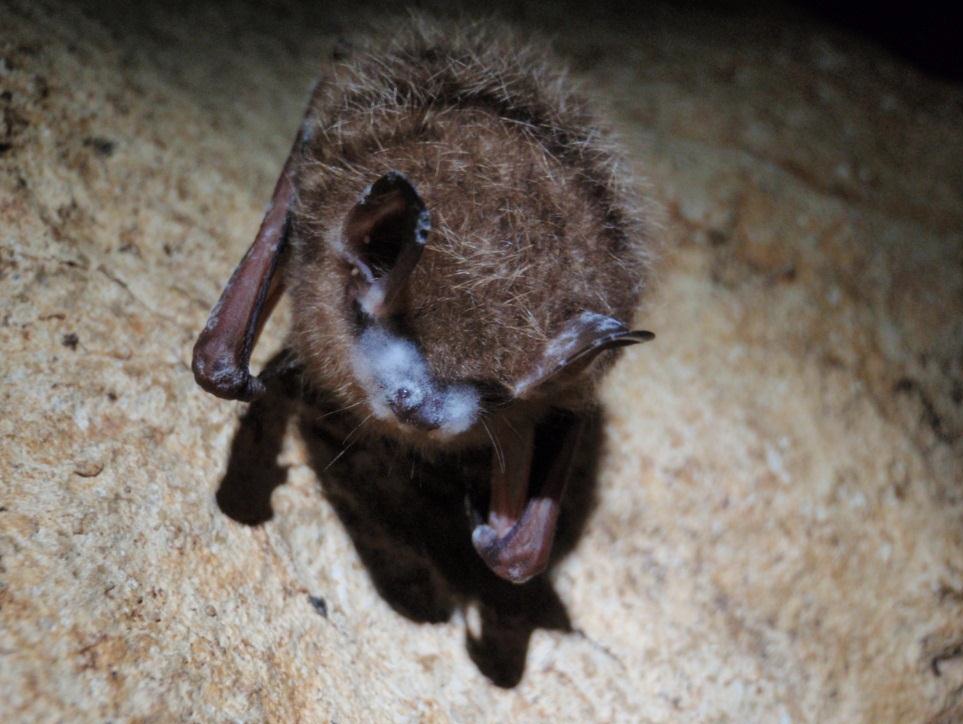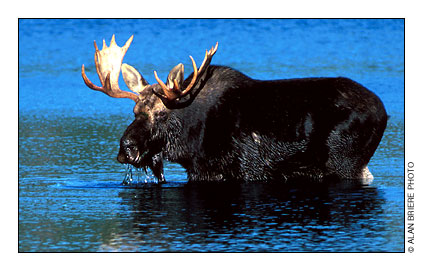 The Edmonton Journal reports that chronic wasting disease (CWD) has been discovered in an adult bull moose that was killed in a vehicle collision in southern Alberta last year. It is the first case of CWD in a moose in Canada, the article says, adding that the disease has previously been found in moose in Colorado and Wyoming.
The Edmonton Journal reports that chronic wasting disease (CWD) has been discovered in an adult bull moose that was killed in a vehicle collision in southern Alberta last year. It is the first case of CWD in a moose in Canada, the article says, adding that the disease has previously been found in moose in Colorado and Wyoming.
Read the Edmonton Journal article here.
In Montana, the moose population has been in decline in the last several years, with last year’s moose hunt seeing the lowest numbers in 50 years. An article in the Flathead Beacon says that Montana has joined the states initiating a long-term research project to try to uncover the cause of the decline.
Twelve cow moose have been radio collared for a 10 year study, the article in the Flathead Beacon says. The study will also include analyzing blood samples. Nick DeCesare is the lead biologist for the study, assisted by Jesse Newby.
Read the complete store in the Flathead Beacon, here.
Photo: Not Canadian, eh? A New Hampshire moose by Alan Briere, courtesy of NH Fish and Wildlife

